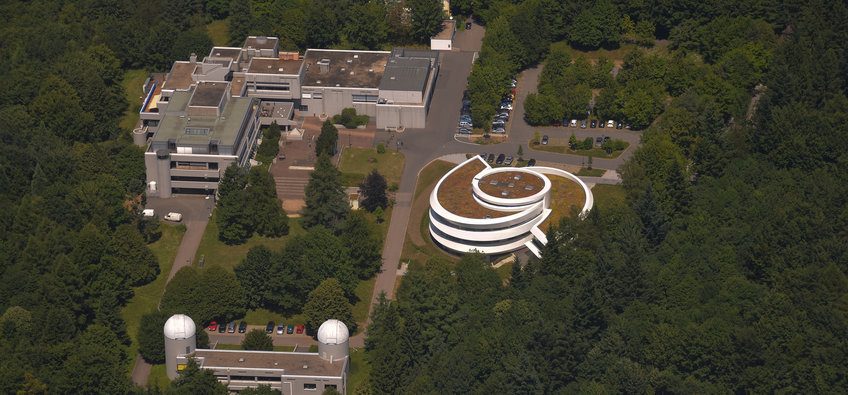
Max Planck Institute for Astronomy
Astronomy is one of the oldest sciences – and yet also one of the most modern. The Max Planck Institute for Astronomy in Heidelberg is proof of this. The researchers here decipher the mysteries of the universe with high-tech instruments, constructing clever add-ons and detectors for telescopes and satellites which examine the light from cosmic sources according to all the laws of physics. Infant stars and the birth of planetary systems are but two objects of their scientific curiosity. “Is Earth the only inhabited place in the universe?” is one of their burning research questions. The Max Planck astronomers also travel through the depths of space and time, investigating active galaxies and quasars to gain an idea of the beginning and the development of today’s richly structured universe.
Contact
Königstuhl 1769117 Heidelberg
Phone: +49 6221 528-0
Fax: +49 6221 528-246
PhD opportunities
This institute has an International Max Planck Research School (IMPRS):
IMPRS for Astronomy and Cosmic PhysicsIn addition, there is the possibility of individual doctoral research. Please contact the directors or research group leaders at the Institute.







